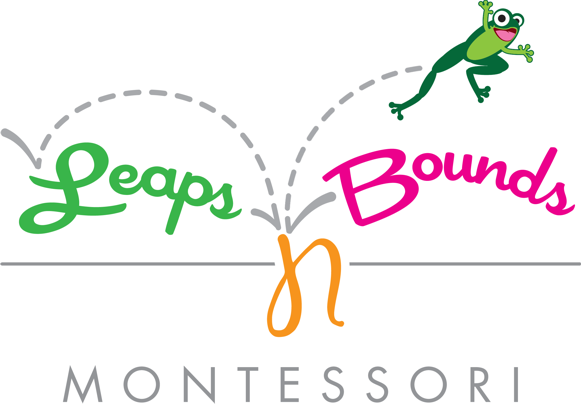
Curriculum
Practical Life
In the Practical Life area, children learn to care for their self and their environment using activities such as pouring, spooning, shoe tying, sweeping, plant care, and window washing.
Sensorial
In the Sensorial area, children develop and refine their senses. They learn colors, shapes, sizes, textures, smells, and sounds. They learn to discriminate, compare, order, grade, and create patterns. The Sensorial area also teaches concrete concepts that lead up to more abstract math concepts.
Math
The math area builds on the concepts learned in the Sensorial area and uses manipulatives to make math fun and easy to learn. Counting, number recognition and formation, adding and subtracting, money, time, and fractions are just a few of the things they learn.
Reading and Penmanship
In the reading area, there are many activities for pre-writing skills, letter recognition and formation, cutting, and artwork. We use a phonetic reading program, and children get to use movable alphabets to create words.
Nature
Students learn about nature and our world in group lessons. Geography, astronomy, zoology, botany, and science are all taught using true to life photos and models and real life specimens, experiments, and experiences to bring learning to life. Students get to watch caterpillars spin cocoons and turn into butterflies, tadpoles grow into frogs, roots grow from seeds and much, much more.
Movement
Movement is a huge part of proper brain development. The Montessori method allows free movement throughout the classroom as children choose different activities. Each activity also has multiple steps, which further encourages movement. In addition, Leaps 'n Bounds Montessori includes activities that promote jumping, balancing, and crawling, which have been shown to enhance learning.